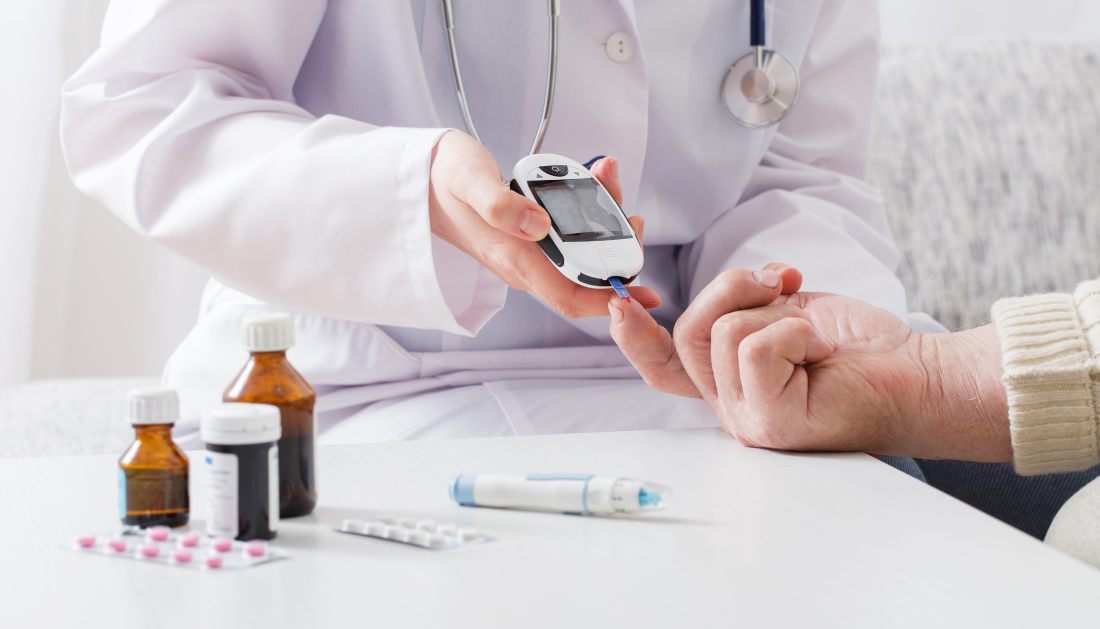

The use of sodium-glucose contratransporter 2 (SGLT2) inhibitors was found to be connected with a reduced risk of developing kidney stones, according to the findings of researchers at Mass General Brigham. Their results were later reported in the journal JAMA Internal Medicine.
The investigation was carried out by researchers from Massachusetts General Hospital and Brigham and Women’s Hospital working together to undertake the investigation. The research incorporated information obtained from three national databases pertaining to individuals diagnosed with type 2 diabetes who were seen in the course of their regular clinical practice. In their study, the researchers looked at information from 716,406 people who had type 2 diabetes and had started taking either an SGLT2 inhibitor or one of two additional types of diabetes medications known as GLP1 receptor agonists or dipeptidyl peptidase 4 (DPP4) inhibitors.
In comparison to patients who were using GLP1 agonists, those who started taking SGLT2 inhibitors had a thirty percent lower risk of developing kidney stones, and those who started taking DPP4 inhibitors had a twenty-five percent lower risk altogether. The findings were constant regardless of factors such as gender, race or ethnicity, a previous history of chronic renal illness, or obesity.
“Our findings could help inform clinical decision making for patients with diabetes who are at risk of developing kidney stones,” said corresponding author Julie Paik, MD, ScD, MPH, of Brigham and Women’s Hospital’s Divisions of Pharmacoepidemiology and Pharmacoeconomics and Renal (Kidney) Medicine.
For more information: Sodium-Glucose Cotransporter 2 Inhibitors and Nephrolithiasis Risk in Patients With Type 2 Diabetes, JAMA Internal Medicine (2024). DOI: 10.1001/jamainternmed.2023.7660
more recommended stories
 How Soybean Oil Impacts Weight Gain and Metabolism
How Soybean Oil Impacts Weight Gain and MetabolismWhy Soybean Oil May Affect Metabolism.
 Coffee and Cognitive Function: Evidence Review
Coffee and Cognitive Function: Evidence ReviewA new narrative review in Cureus.
 Colorectal Cancer Screening Rates Low in Adults 45–49
Colorectal Cancer Screening Rates Low in Adults 45–49Recent UCLA research reveals that colorectal.
 Gut Immune Cells and Long-Lasting Antiviral Protection.
Gut Immune Cells and Long-Lasting Antiviral Protection.Breakthrough Findings on How Gut Immune.
 Mild Pancreatic Duct Dilatation Signals Higher Cancer Risk
Mild Pancreatic Duct Dilatation Signals Higher Cancer RiskEarly Structural Changes Offer Critical Clues.
 How the Uterus Senses Force During Labor: New Insights
How the Uterus Senses Force During Labor: New InsightsA new study published in Science.
 Fat-Free Mass and Brain Outcomes in Preterm Babies
Fat-Free Mass and Brain Outcomes in Preterm BabiesEarly Fat-Free Mass May Hold the.
 How Hormones Shape Dopamine-Driven Learning
How Hormones Shape Dopamine-Driven LearningNYU Study on Hormones and Cognitive.
 Protein Pair Guides Chromosome Alignment in Mitosis
Protein Pair Guides Chromosome Alignment in MitosisKey Points A joint research team.
 Intensive mind-body retreat rapidly alters brain function
Intensive mind-body retreat rapidly alters brain functionAn intensive mind-body retreat combining meditation,.

Leave a Comment